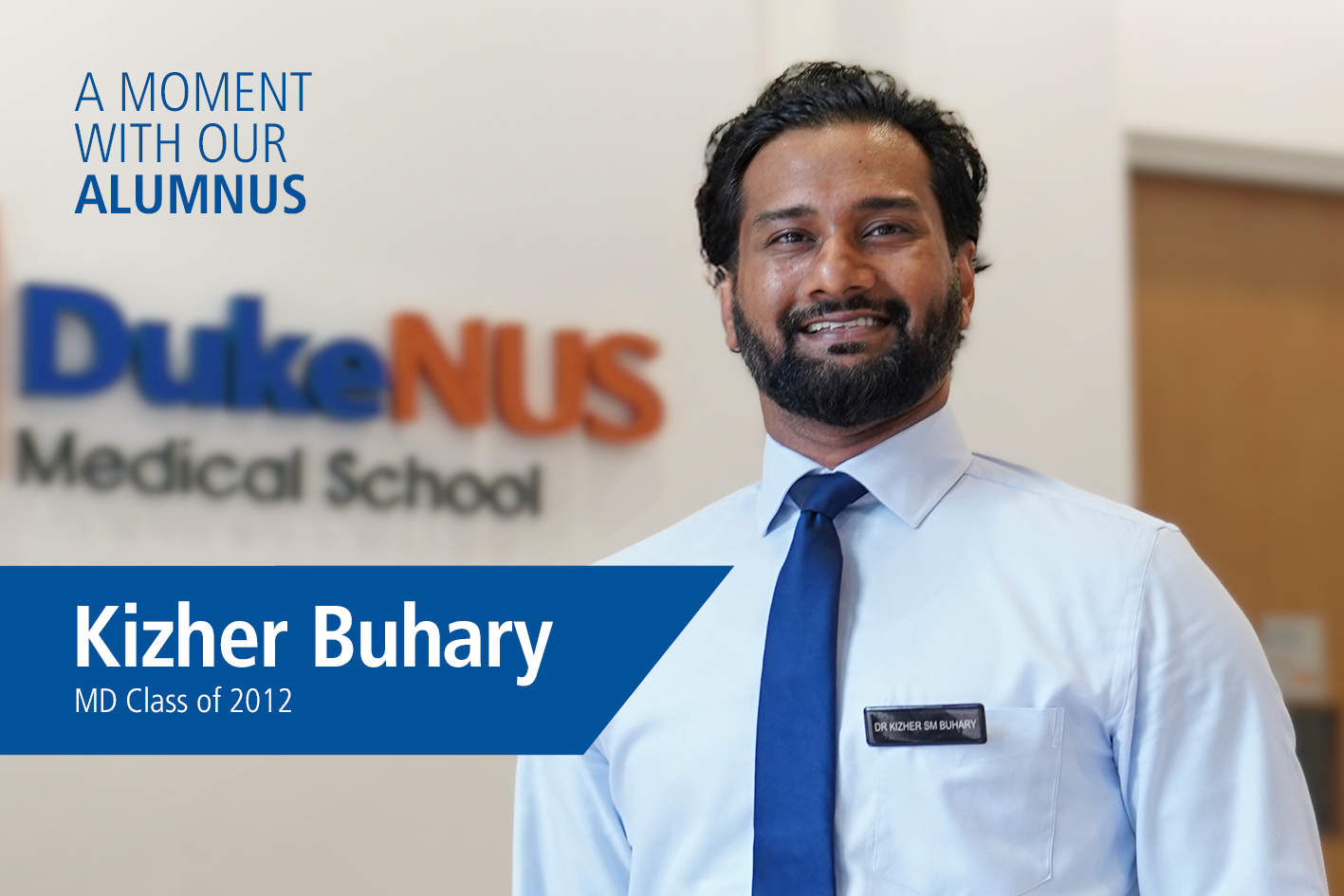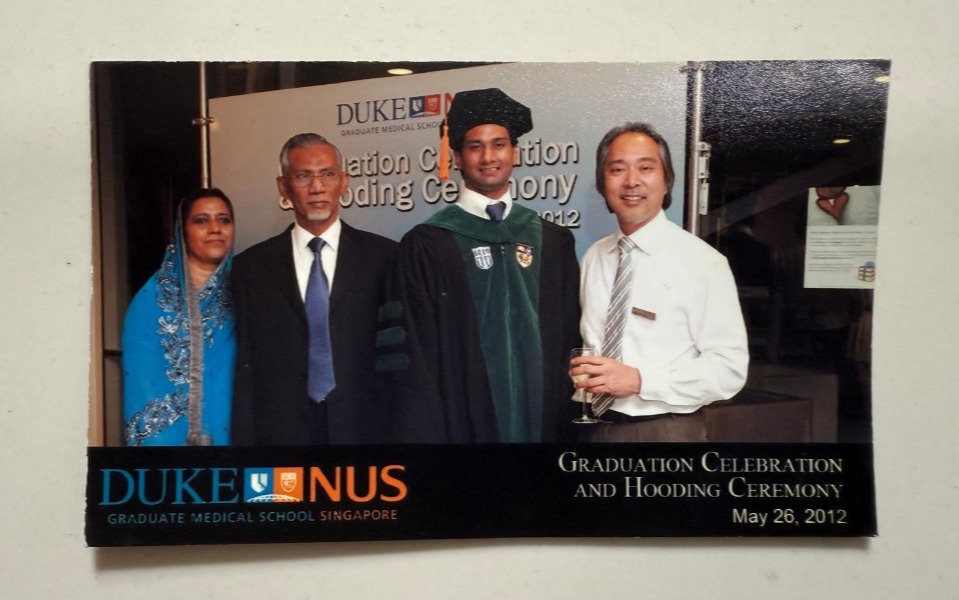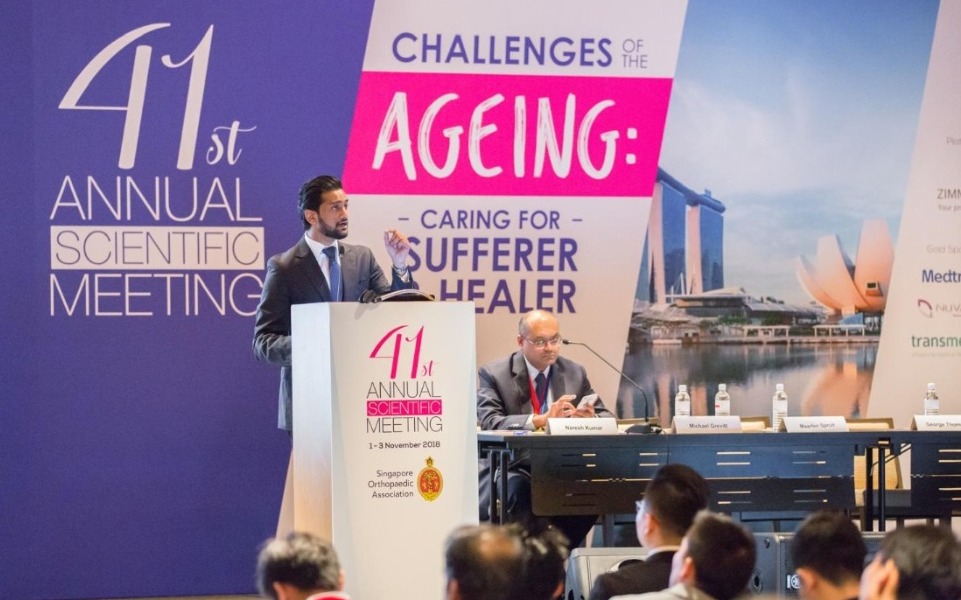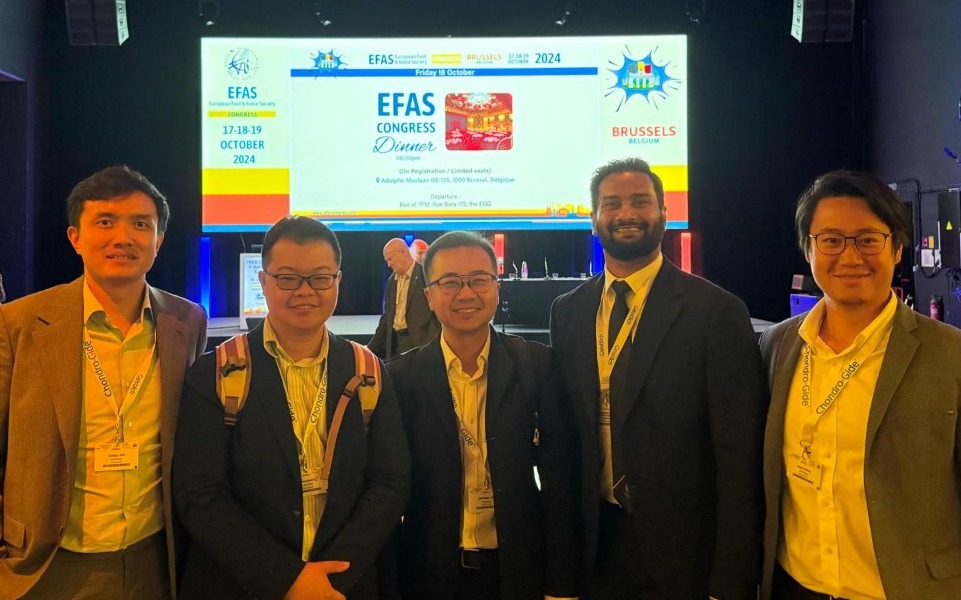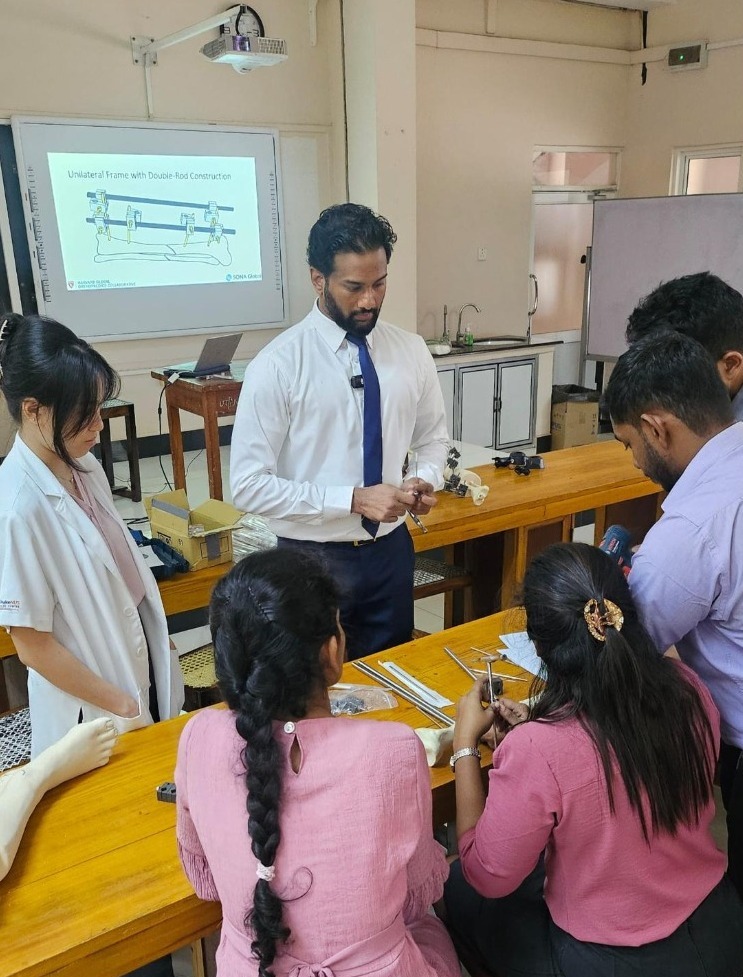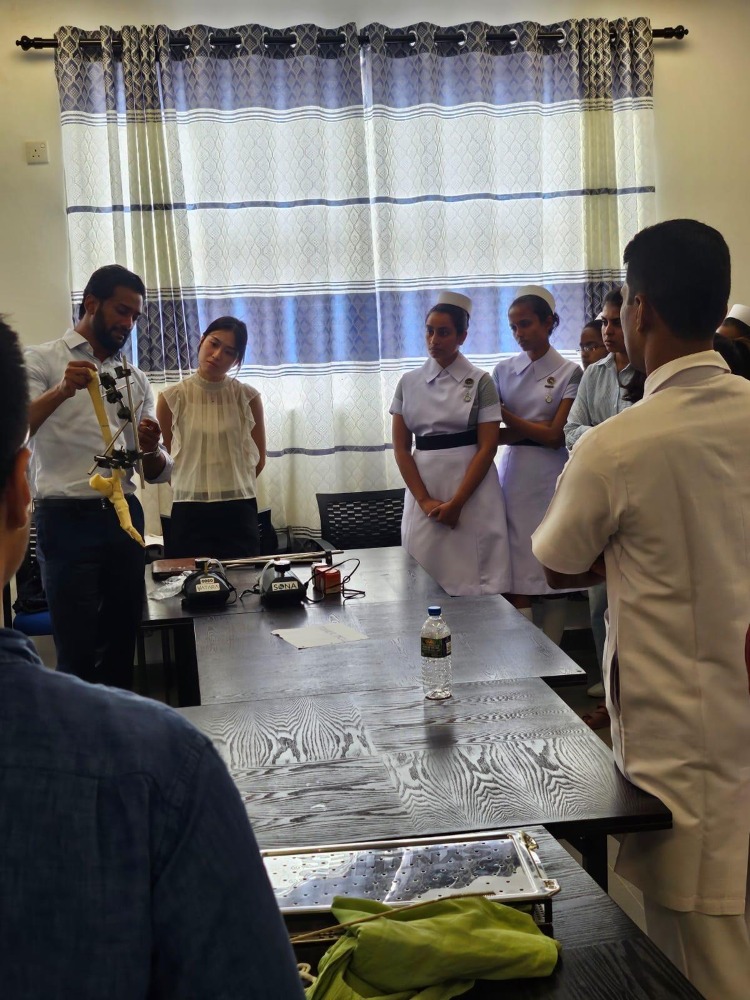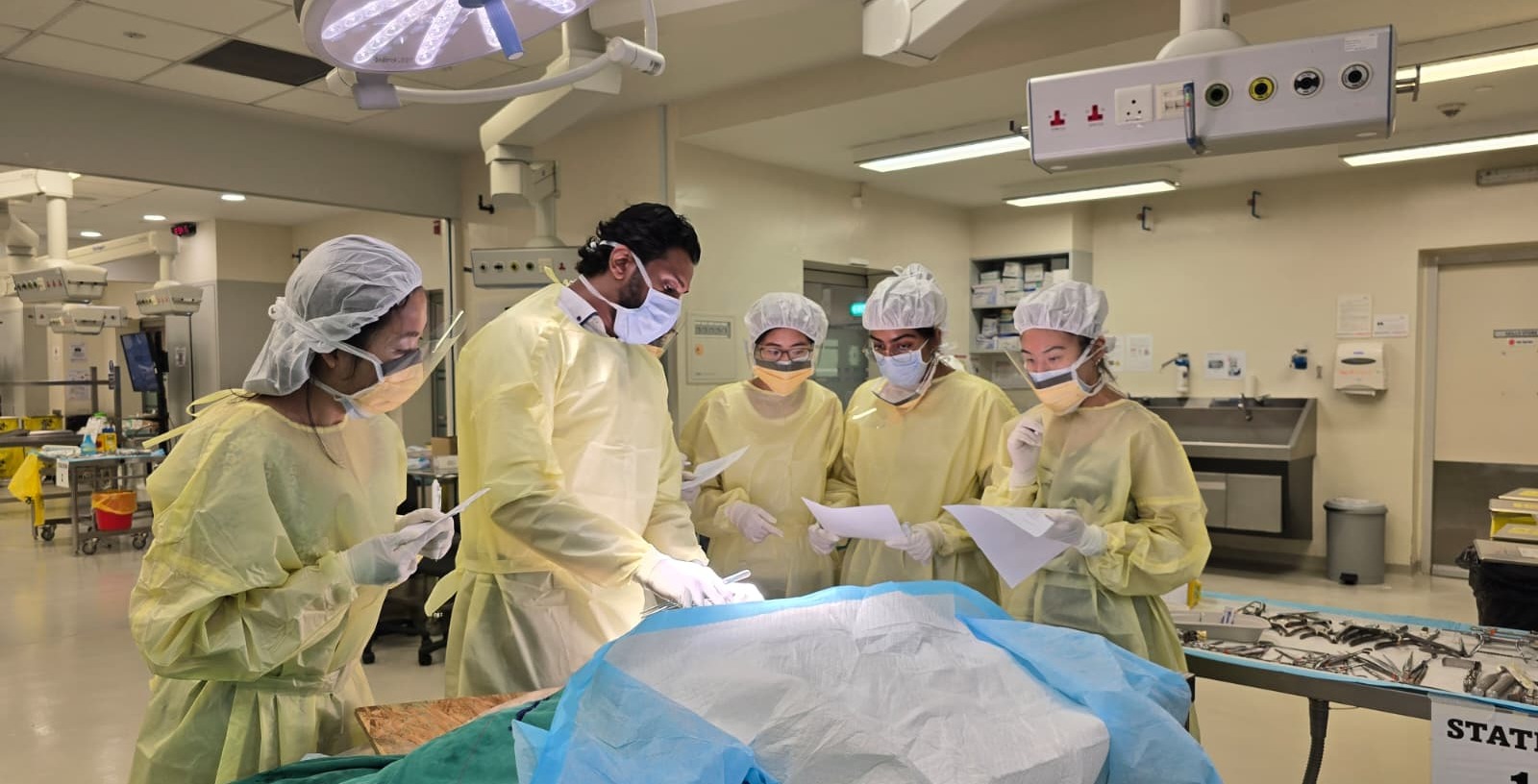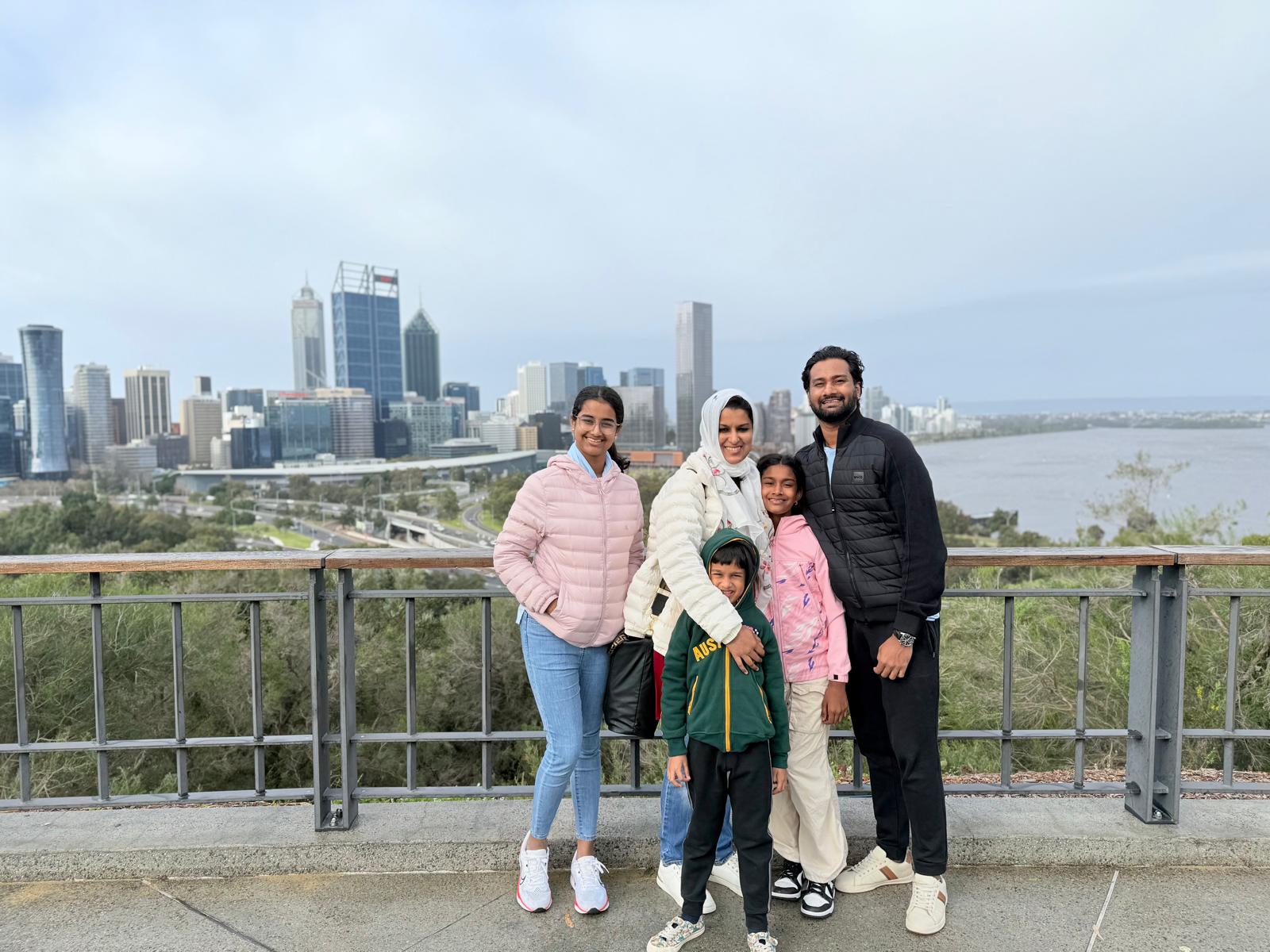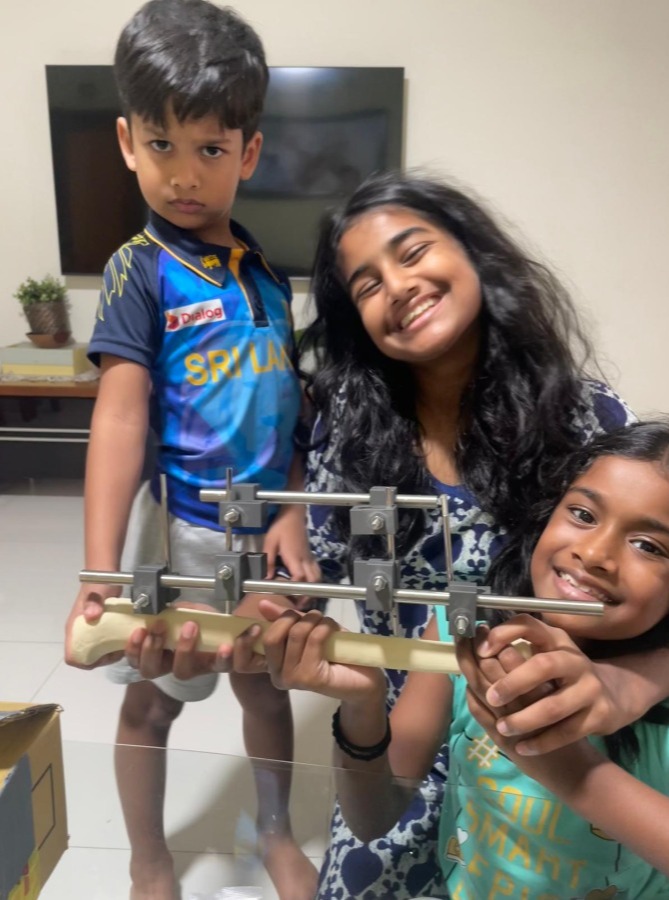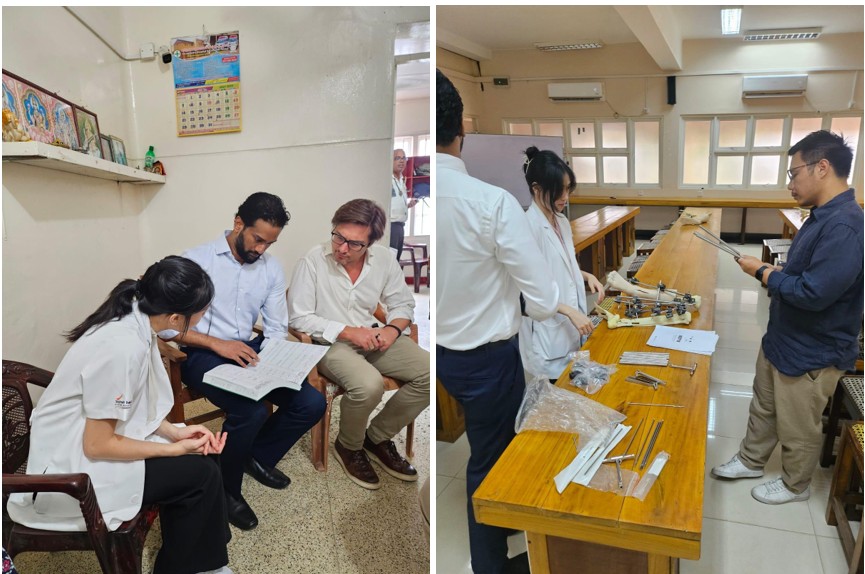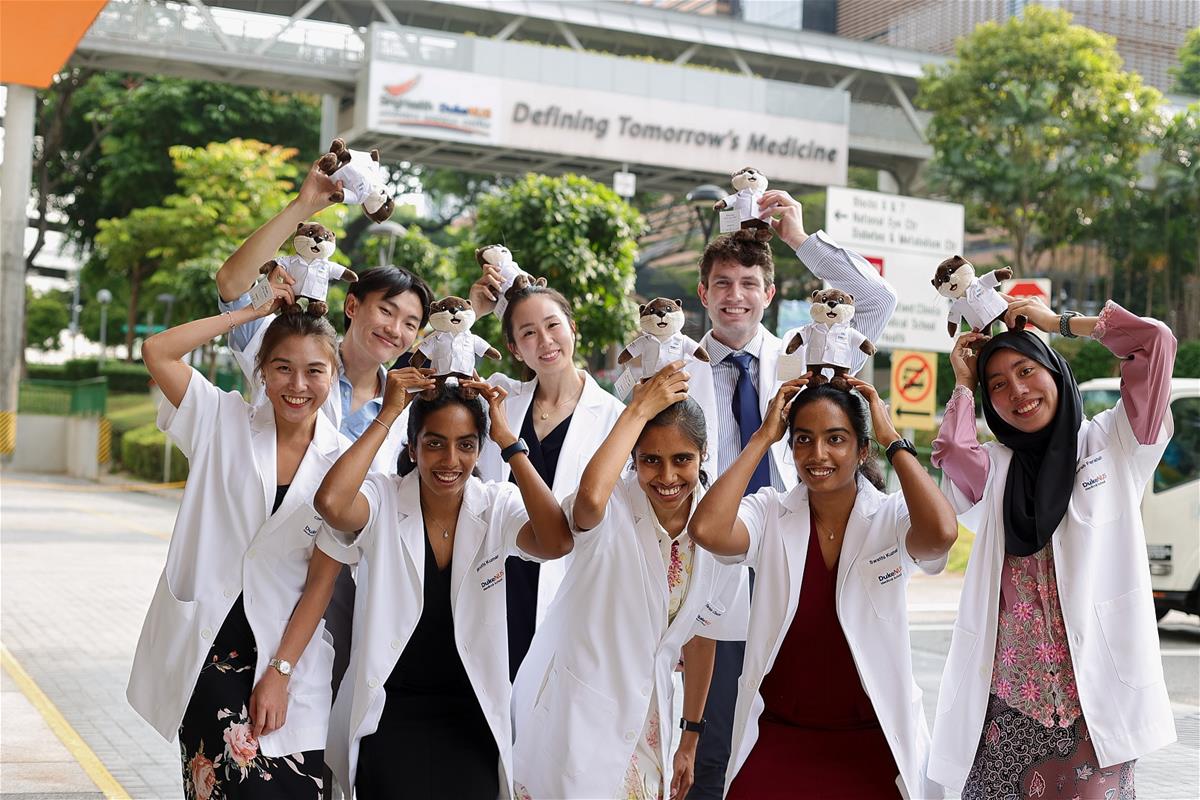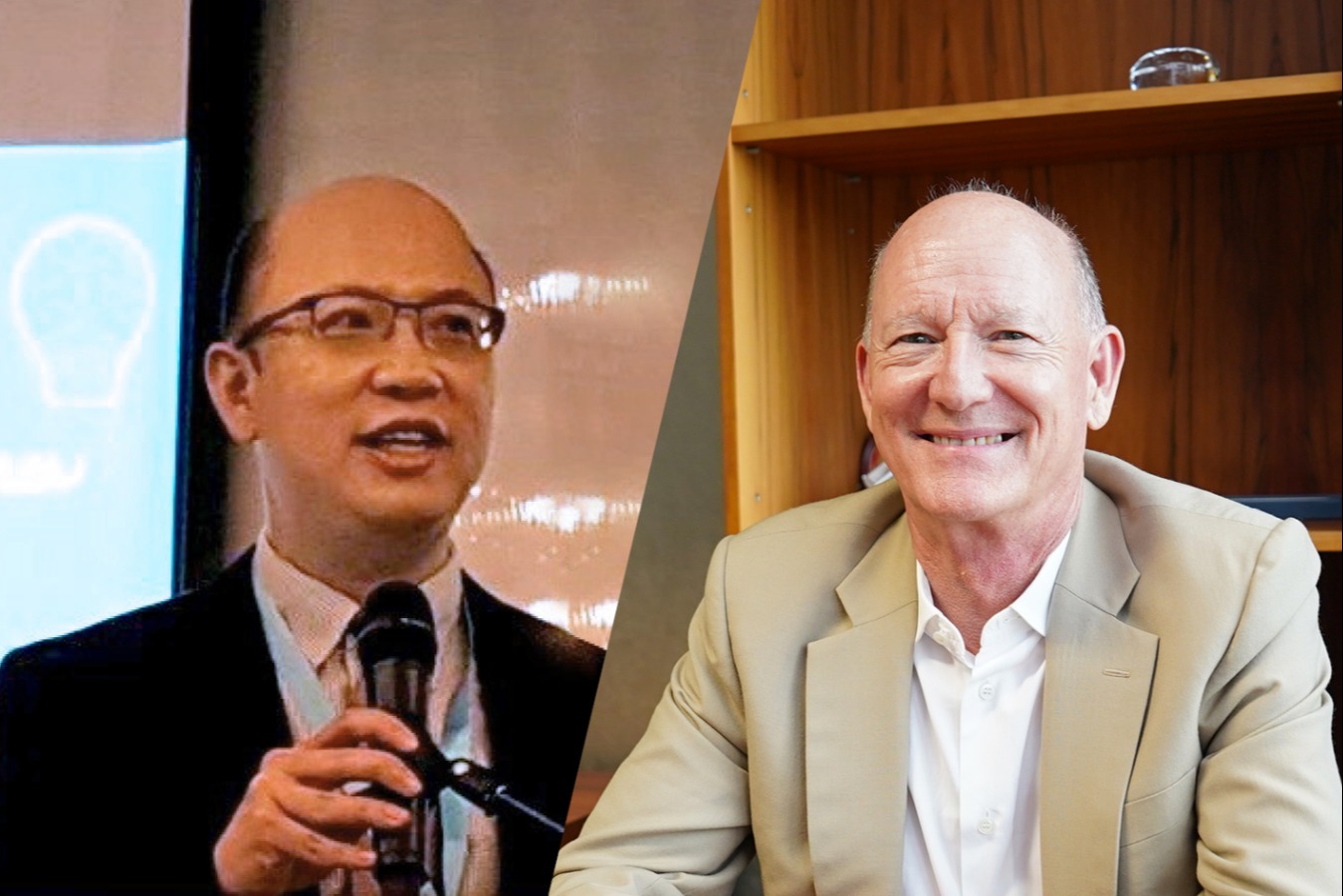As a surgeon with more than a decade of experience, I’ve grown accustomed to the frenetic rhythm of hospital life–patients collapse, hearts stop, crises erupt. Still, one incident from my early career has stayed with me.
I was just two years out of graduation, doing a rotation in General Surgery, when a nurse called me to a patient whose blood pressure was crashing. As I gingerly peeled back the bandages around his neck wound from a recent surgery, I saw it—one of the stitches had ruptured, and he was bleeding to death before my eyes.
Without hesitation, I leapt onto the bed, clamped down on his carotid artery to stem the bleeding, and issued rapid instructions to the team as they wheeled us to the Emergency Theatre.
While it felt just like a scene out of a medical drama, that split-second decision likely saved his life.
When I visited him later in the ward, watching him recover and eventually walk out of the hospital reminded me why I chose this path. That moment didn’t just test my training; it shaped the kind of doctor I would become—one who meets the unexpected head-on. I can’t take a back seat and assume that everything will be fine.
The incident also reminded me why I chose medicine. Even now, every morning when I wake up, I carry the knowledge that I have the chance to change someone’s life. Whether it’s performing surgery for a long-standing condition, delivering difficult news or deciding on the best course of treatment, each day brings an opportunity to make a meaningful difference.
This was what I had envisioned and more, when I developed an interest in medicine at the age of five.
I grew up in Colombo, Sri Lanka. Having many doctors in the family meant that conversations at gatherings and dinners often revolved around medical cases and hospital life.
My mother always saw me as a doctor. Even at school costume events, she would dress me up in a doctor’s whitecoat.
I also did well in school, particularly enjoying maths, physics and chemistry.
But her hopes were eventually dashed. She was very disappointed when I chose to study engineering in university.
It was just that I didn’t really get the opportunity to pursue medicine in my hometown.
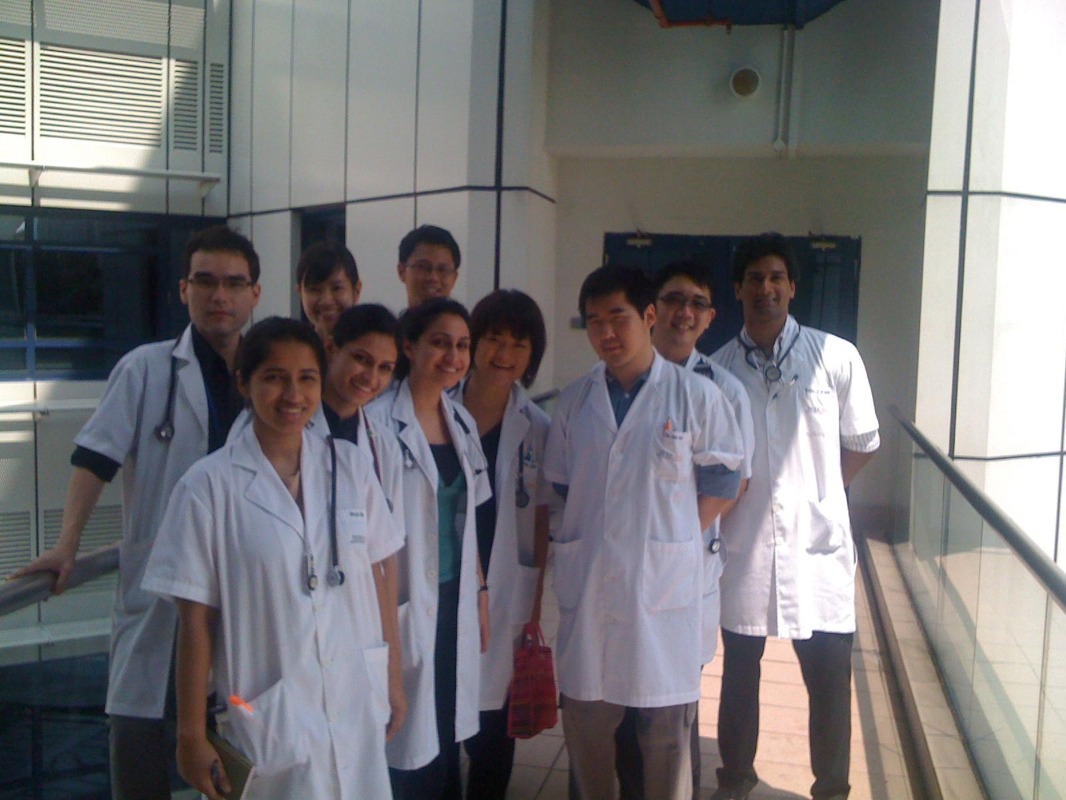
The criteria were different. Being an international school student, I couldn’t apply for the local medicine programme and it would be very expensive if I were to go overseas to pursue my dream.
Being a teenager, I also wanted to try something different so I jumped at the opportunity when I got a scholarship to study bioengineering.
That’s what brought me to Singapore in 2003 for a four-year course at the National University of Singapore.
But it was during my final year that I chanced upon a talk introducing Duke-NUS Medical School.
It ignited something in me, that passion for medicine that had always been a spark in my life since my early years. I saw this as the opportunity that I never had.
It was a difficult decision though. My peers were already going into the workforce and earning comfortable salaries while I had to mug through another four years of school.
But the call was undeniable—I yearned for deeper meaning and purpose in my life, and I knew I wanted to devote myself to helping people.
It’s ironic. I came full circle, back to what my mom had always envisioned I would do.
And I have no regrets. I was very happy at Duke-NUS. There were so many memories!
Especially when we moved to the Khoo Teck Puat building in 2009. That was a proud moment when then-Prime Minister Lee Hsien Loong officially opened Duke-NUS Medical School and we had the entire building to ourselves. Prior to that, we were in a single room for the whole semester at an interim campus.
Even in the hospital wards, I felt welcome. The seniors and consultants were interested in what we were doing and curious to find out more about our research. I didn’t feel like a medical student but rather, already part of a healthcare team!
I was also fortunate to be able to pursue my interest in orthopaedic surgery, with a residency at the Singapore General Hospital soon after graduation from medical school.
I chose the specialty because in my prior bioengineering course, a lot of my work involved surgeons who did not have a background in engineering principles. So I wanted to build bridges between engineering and medicine to drive new inventions and better implants for patients.




